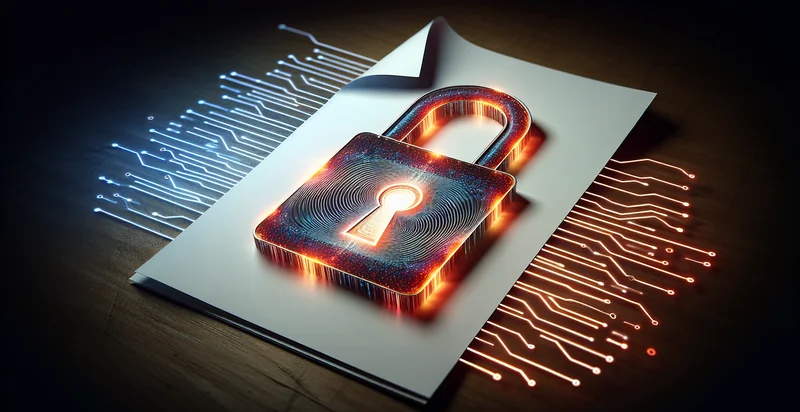Identify if secret key is in a PDF
using AI
Below is a free classifier to identify if secret key is in a PDF. Just upload your image, and our AI will predict if the secret key is in the PDF - in just seconds.

Contact us for API access
Or, use Nyckel to build highly-accurate custom classifiers in just minutes. No PhD required.
Get started
import nyckel
credentials = nyckel.Credentials("YOUR_CLIENT_ID", "YOUR_CLIENT_SECRET")
nyckel.invoke("if-secret-key-is-in-a-pdf", "your_image_url", credentials)
fetch('https://www.nyckel.com/v1/functions/if-secret-key-is-in-a-pdf/invoke', {
method: 'POST',
headers: {
'Authorization': 'Bearer ' + 'YOUR_BEARER_TOKEN',
'Content-Type': 'application/json',
},
body: JSON.stringify(
{"data": "your_image_url"}
)
})
.then(response => response.json())
.then(data => console.log(data));
curl -X POST \
-H "Content-Type: application/json" \
-H "Authorization: Bearer YOUR_BEARER_TOKEN" \
-d '{"data": "your_image_url"}' \
https://www.nyckel.com/v1/functions/if-secret-key-is-in-a-pdf/invoke
How this classifier works
To start, upload your image. Our AI tool will then predict if the secret key is in the PDF.
This pretrained image model uses a Nyckel-created dataset and has 2 labels, including Contains Secret Key and Does Not Contain Secret Key.
We'll also show a confidence score (the higher the number, the more confident the AI model is around if the secret key is in the PDF).
Whether you're just curious or building if secret key is in a PDF detection into your application, we hope our classifier proves helpful.
Related Classifiers
Need to identify if secret key is in a PDF at scale?
Get API or Zapier access to this classifier for free. It's perfect for:
- Data Security Compliance: Organizations can utilize the identifier to ensure that sensitive information, such as secret keys, is not inadvertently stored in publicly accessible PDF documents. By scanning PDFs for these keys, companies can proactively mitigate the risk of data breaches and ensure compliance with regulatory requirements.
- Automated Document Review: Law firms and financial institutions can automate the document review process by screening contracts and reports for the presence of secret keys. This efficiency can streamline due diligence operations, reducing manual effort and the potential for human error.
- Incident Response: In case of a security incident, cybersecurity teams can quickly analyze digital evidence stored in PDFs to determine if secret keys have been exposed. This rapid identification allows for swift mitigation actions, helping to limit damage and recover from breaches more efficiently.
- Digital Forensics: Investigators conducting digital forensics can employ this function to extract critical information from suspected malicious PDFs. Identifying the presence of secret keys can be pivotal in tracing back unauthorized access and understanding attack vectors.
- Software Development Lifecycle: Developers can integrate this identifier into continuous integration/continuous deployment (CI/CD) pipelines to check code documentation and other PDFs for secret keys before deployment. By doing so, organizations can prevent the accidental exposure of security credentials in production environments.
- Training and Awareness Programs: Organizations can use the identifier to develop training tools for employees, highlighting the significance of safeguarding secret keys. By analyzing documents used in training, they can emphasize best practices for document management and secure information handling.
- Audit and Compliance Reporting: During audits, companies can leverage the identifier to produce reports detailing where secret keys may exist within documentation. This feature allows organizations to maintain transparent audit trails and demonstrate adherence to security best practices during regulatory reviews.


